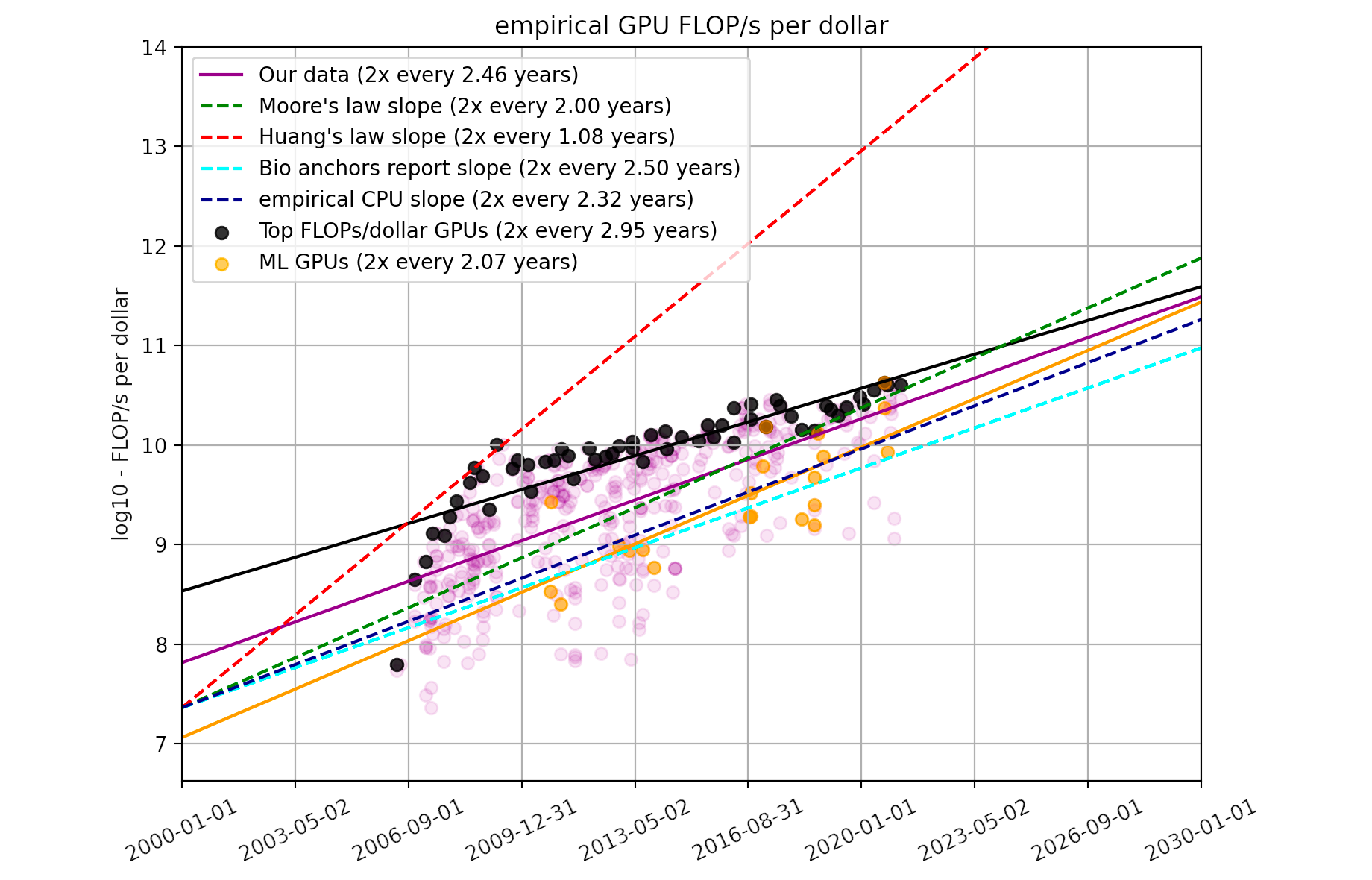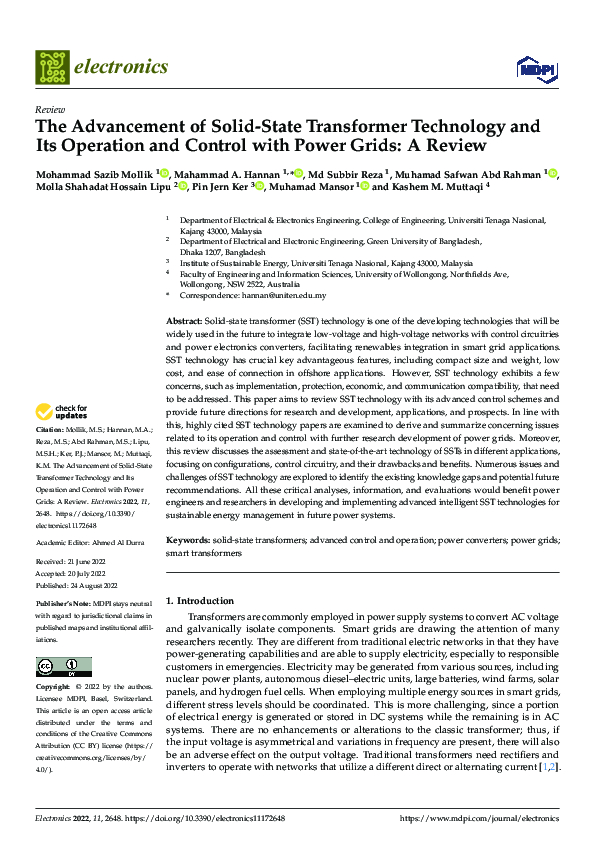GPU Price Increases: Causes And Potential Solutions

Table of Contents
The Cryptocurrency Mining Boom and its Impact
The rise of cryptocurrency mining, particularly Ethereum mining before its transition to proof-of-stake, significantly increased demand for GPUs, leading to shortages and price inflation. GPUs, with their parallel processing capabilities, proved highly efficient for mining certain cryptocurrencies, far surpassing the capabilities of specialized ASICs (Application-Specific Integrated Circuits) in some cases. This unexpected surge in demand drastically impacted the availability and price of graphics cards.
The Role of Ethereum and other Cryptocurrencies:
- Energy Efficiency: GPUs, while not as energy-efficient as purpose-built ASICs for every cryptocurrency, offered a more flexible and accessible option for miners, especially during the early stages of many cryptocurrencies' adoption. This accessibility fueled the demand for consumer-grade GPUs.
- Proof-of-Work Consensus Mechanisms: Many cryptocurrencies, including Ethereum (until its merge), relied on proof-of-work consensus mechanisms. This required massive computational power to validate transactions, leading miners to utilize vast quantities of GPUs to maximize their chances of earning rewards. This drove up the demand for GPUs exponentially.
- The Ethereum Merge and its Aftermath: The Ethereum Merge, transitioning from proof-of-work to proof-of-stake, significantly reduced the demand for GPUs used in Ethereum mining. However, the impact on the overall GPU market is complex, as the demand from other cryptocurrencies using proof-of-work continues. The long-term effects of this shift are still unfolding, impacting the availability and prices of graphics cards.
The Ripple Effect on the Gaming Market:
The high demand from cryptocurrency miners created a significant shortage of GPUs in the gaming market. Gamers found themselves competing with miners for limited stock, resulting in inflated prices and long waiting lists.
- Impact on Availability: The scarcity of GPUs directly translated into longer wait times for consumers looking to purchase new graphics cards for their gaming PCs or upgrades. Many retailers experienced frequent sell-outs, leaving gamers frustrated.
- Gamer Frustration: The inflated prices and limited availability caused significant frustration among gamers, who saw their desired graphics card prices increase drastically, often far exceeding the recommended retail price.
Global Chip Shortages and Supply Chain Disruptions
Global semiconductor shortages and supply chain disruptions have significantly impacted GPU production and availability, exacerbating the already tense GPU market. These issues are not solely limited to GPUs; they affect the entire electronics industry.
Manufacturing Bottlenecks and Logistics Challenges:
- COVID-19 Pandemic: The COVID-19 pandemic severely disrupted global supply chains, impacting the production of semiconductors and the transportation of goods. Factory closures, port congestion, and labor shortages all played a part.
- Geopolitical Factors: Geopolitical tensions and trade restrictions between countries further complicated the supply chain, leading to delays and increased costs.
- Raw Material Shortages: The production of semiconductors relies on a complex network of raw materials and components. Shortages in these materials, often due to natural disasters or geopolitical instability, have hampered production.
Increased Demand Across Multiple Sectors:
The demand for GPUs extends beyond gaming and cryptocurrency mining. The rise of artificial intelligence, machine learning, and high-performance computing has driven significant demand for GPUs in various sectors.
- AI and High-Performance Computing: GPUs are essential for training and running complex AI models and high-performance computing tasks. The increasing adoption of AI across industries has fueled demand for high-end graphics cards.
- Cloud Computing: The expansion of cloud computing infrastructure requires vast numbers of GPUs to power data centers and provide services to users. This growing demand contributes to the overall scarcity of GPUs.
Strategies for Navigating High GPU Prices
While the situation remains challenging, there are strategies to help you find better deals on graphics cards and navigate the high GPU prices.
Finding the Best Deals and Sales:
- Retailer Monitoring: Check multiple retailers regularly for price changes and stock updates. Major online retailers, as well as specialized computer hardware stores, should be checked frequently.
- Price Comparison Websites: Utilize price comparison websites to track GPU prices across different retailers and identify the best deals.
- Sales and Promotions: Look for sales, promotions, and bundle offers. Many retailers run sales periodically, offering discounted GPUs.
- Community Forums: Monitor online forums and communities dedicated to PC gaming and hardware for deals and discussions about price fluctuations.
- Price Alerts: Set up price alerts on your preferred price comparison websites or directly on retailer websites. This will notify you immediately when prices drop or stock becomes available.
Considering Used or Refurbished GPUs:
Buying a used or refurbished GPU can offer significant cost savings, but proceed with caution.
- Condition Assessment: Carefully examine the condition of a used GPU before purchasing. Check for physical damage, signs of overheating, and ensure that it functions correctly.
- Warranty: Look for GPUs with warranties or guarantees from reputable sellers. This can protect you if issues arise after purchasing.
- Seller Reputation: Buy from trusted sellers with positive reviews to reduce the risk of buying a faulty or damaged GPU.
Exploring Alternative Graphics Solutions:
If high GPU prices are prohibitive, consider these options:
- Integrated Graphics: Modern CPUs often include integrated graphics, providing sufficient performance for less demanding tasks. While not suitable for high-end gaming, they can be a cost-effective alternative for basic computing needs.
- Cloud Gaming Services: Cloud gaming services like GeForce Now or Stadia allow you to stream games to your device, eliminating the need for a powerful GPU. While requiring a stable internet connection, it can be a viable option for some gamers.
Conclusion
The surge in GPU prices is a complex issue stemming from a confluence of factors, including the cryptocurrency boom, global chip shortages, and increased demand across various sectors. While the situation remains challenging, adopting a strategic approach to purchasing, including researching deals, considering used options, and exploring alternatives, can help mitigate the impact of these GPU price increases. Stay informed about market trends and continue to monitor GPU prices to find the best opportunities to upgrade your system or build a new one. By remaining vigilant and utilizing the strategies outlined, you can successfully navigate the current landscape of GPU price increases and find the right graphics card for your needs.

Featured Posts
-
 The Future Of Browsers A Conversation With Perplexitys Ceo On The Ai Revolution And Competition With Google
Apr 28, 2025
The Future Of Browsers A Conversation With Perplexitys Ceo On The Ai Revolution And Competition With Google
Apr 28, 2025 -
 Kuxius Solid State Power Bank Higher Cost Longer Life
Apr 28, 2025
Kuxius Solid State Power Bank Higher Cost Longer Life
Apr 28, 2025 -
 Double Trouble In Hollywood Actors Join Writers Strike Impacting Film And Tv Production
Apr 28, 2025
Double Trouble In Hollywood Actors Join Writers Strike Impacting Film And Tv Production
Apr 28, 2025 -
 Hudsons Bay Closing Sales Up To 70 Off At Remaining Stores
Apr 28, 2025
Hudsons Bay Closing Sales Up To 70 Off At Remaining Stores
Apr 28, 2025 -
 Hollywood Shut Down Writers And Actors On Strike What It Means For The Industry
Apr 28, 2025
Hollywood Shut Down Writers And Actors On Strike What It Means For The Industry
Apr 28, 2025
Latest Posts
-
 Boston Red Sox Roster Shuffle Casass Demise And Outfield Change
Apr 28, 2025
Boston Red Sox Roster Shuffle Casass Demise And Outfield Change
Apr 28, 2025 -
 Red Sox Lineup Shakeup Casas Demoted Struggling Outfielder Returns
Apr 28, 2025
Red Sox Lineup Shakeup Casas Demoted Struggling Outfielder Returns
Apr 28, 2025 -
 Is This Red Sox Outfielder The Next Jarren Duran A Breakout Season Prediction
Apr 28, 2025
Is This Red Sox Outfielder The Next Jarren Duran A Breakout Season Prediction
Apr 28, 2025 -
 Orioles Announcers Jinx Finally Snapped After 160 Game Streak
Apr 28, 2025
Orioles Announcers Jinx Finally Snapped After 160 Game Streak
Apr 28, 2025 -
 Orioles Broadcasters Jinx Broken 160 Game Hit Streak Ends
Apr 28, 2025
Orioles Broadcasters Jinx Broken 160 Game Hit Streak Ends
Apr 28, 2025
